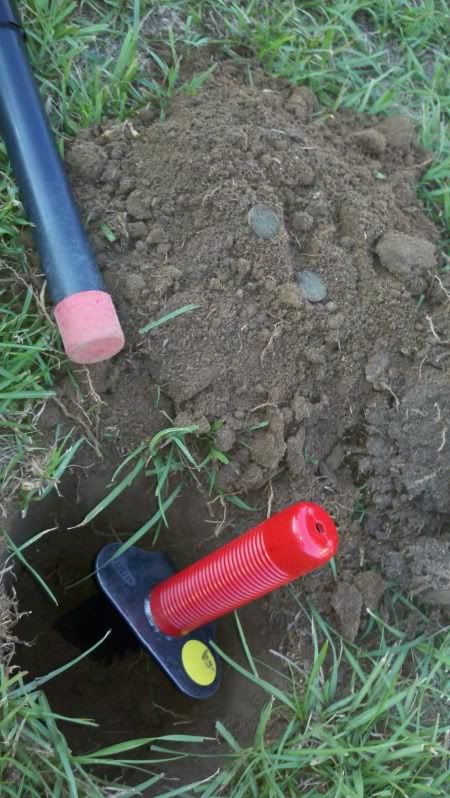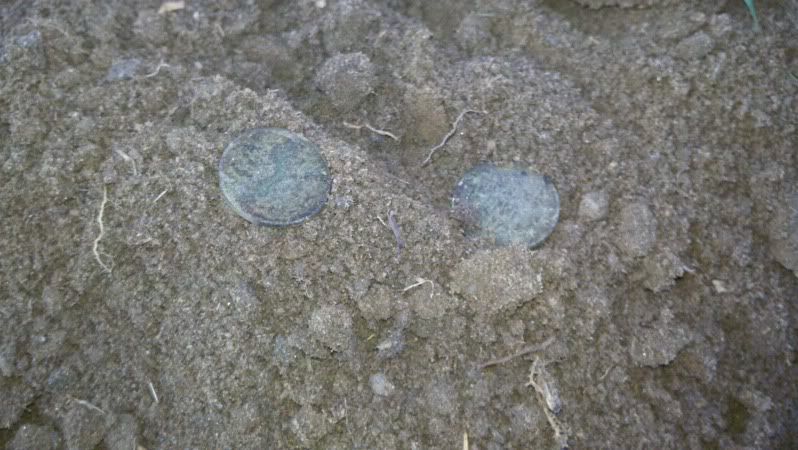I've not read anywhere this topic discussed. What do you listen for or look for on the readouts? How do you decide that there is more than likely something there to dig? Tell us how you detect in other words. I know a lot are itching to know. Please be specific. Write us a book if you are bored we will listen and try it. Thanks.....
Sorry for the tardy reply, Jack. You know, when I first read your question I kept scratching my head thinking as to how to best provide an answer, but, for me at least, it isn't that easy. Trying to explain what it is I listen for - translating it into words - may not carry as well as allowing someone
to hear what it is I am looking for when trying to listen for a deep target's signal. I'll do my best to provide some helpful information though. And of course, others can share from their wealth of experience as well. We all learn from each other after all. thumbsup01
There are quite a few variables that one would have to take into consideration when touching on this subject, and I list them in no specific order:
1) Soil mineralization
2) Iron
3) Trash density
4) Soil moisture or lack thereof
5) Discrimination level
6) The detector in use
7) The operator
All of the above will tend to have an impact on one's ability to recognize the signal of a desirable deep target. Having said that, I'll try to briefly explain what it is I personally listen for while using the E-Trac, applying it primarily to what has been my main target - silver coins.
There is one very important point one needs to keep in mind, and that is that the sensitivity setting can be our friend, as well as our enemy. Too much of it while working an area containing highly mineralized soil will tend to drown out the deep signal of a desirable coin, and too little may not allow the machine to properly lock onto such a target. That's why it is important to become very familiarized with the specific machine being used, the settings, the way the machine reacts under certain conditions, both in all-metal and discrimination mode.
The signals I listen for when seeking deep targets are not the classical ones we may be familiar with. Such tones will be at the cusp, or limit, of the detector's maximum depth capabilities. They are not easy to hear, and will often sound much like trash or some iron would. The tone/signal will tend to be broken, sputtery, or as I refer to it when using the DFX, a crackle. The Fe numbers will vary greatly, tending toward the higher 14 through 26 numbers. The Co numbers too will vary, though not as broadly. The tone may or may not be repeatable from all directions, but will tend to be consistent once the machine locks onto the target. The machine is simply indicating that there is metal under the coil. It will be up to the user to decide, based on his knowledge and experience, if it is ferrous or non-ferrous, and if the target is worth digging. That's really it.
The best advise I can give is for one to become familiar with his/her machine, trying different settings and sensitivity levels on targets not yet dug up, and digging as many of such targets as your patience allows. The exercise will more than pay for itself.
I hope that helps, Jack.


